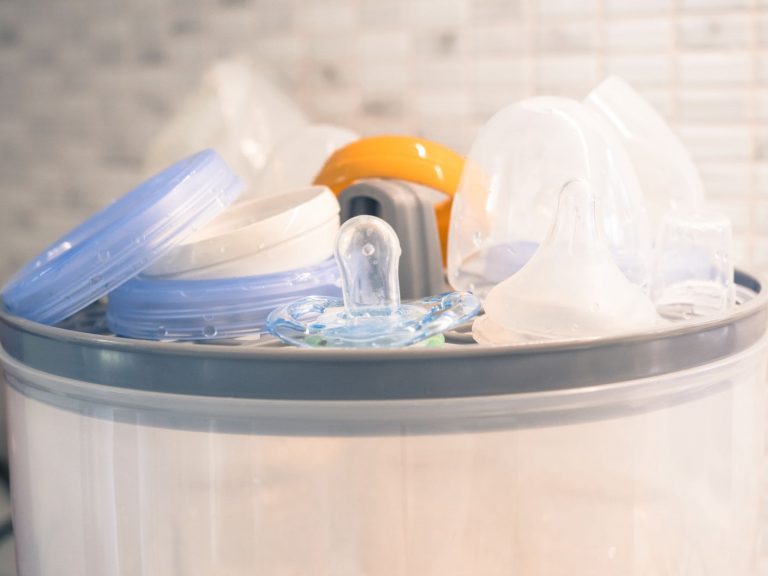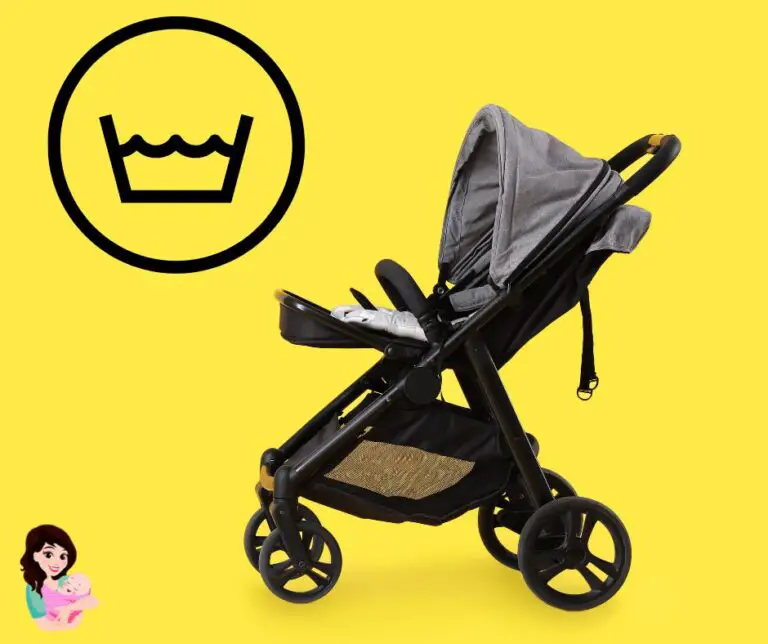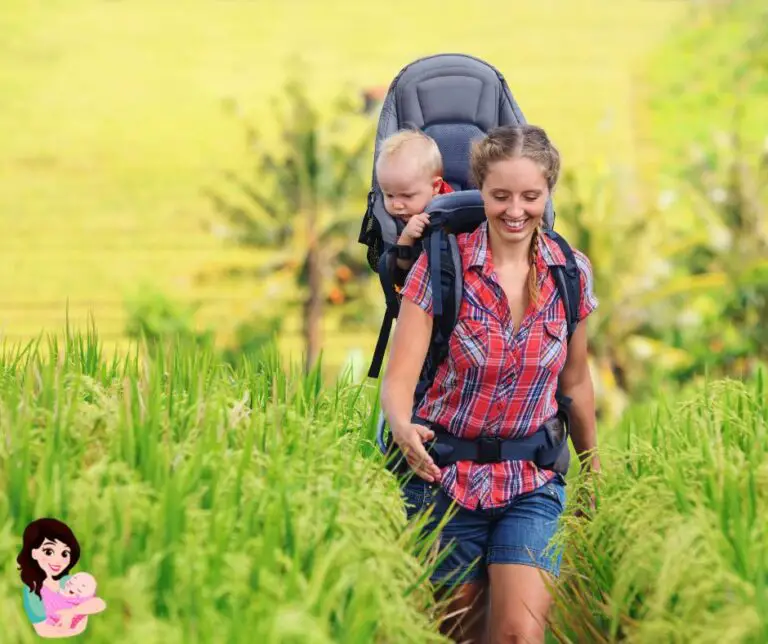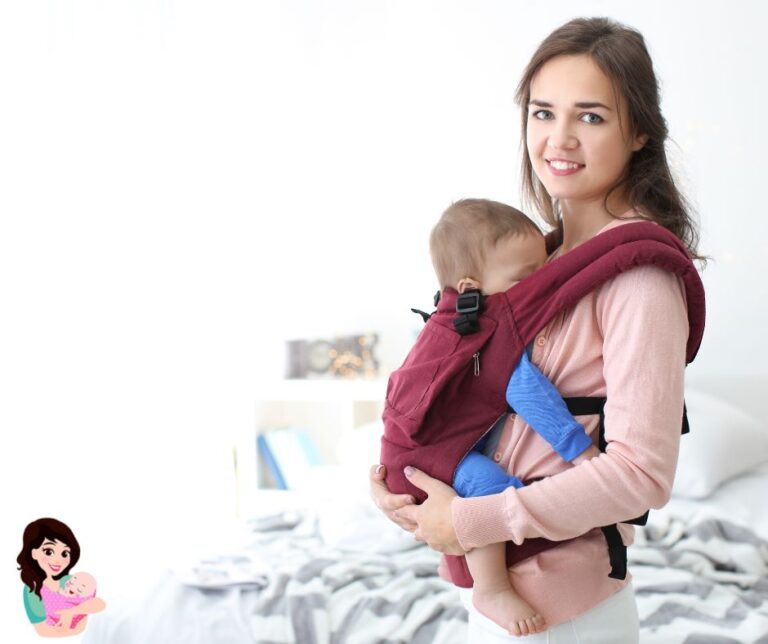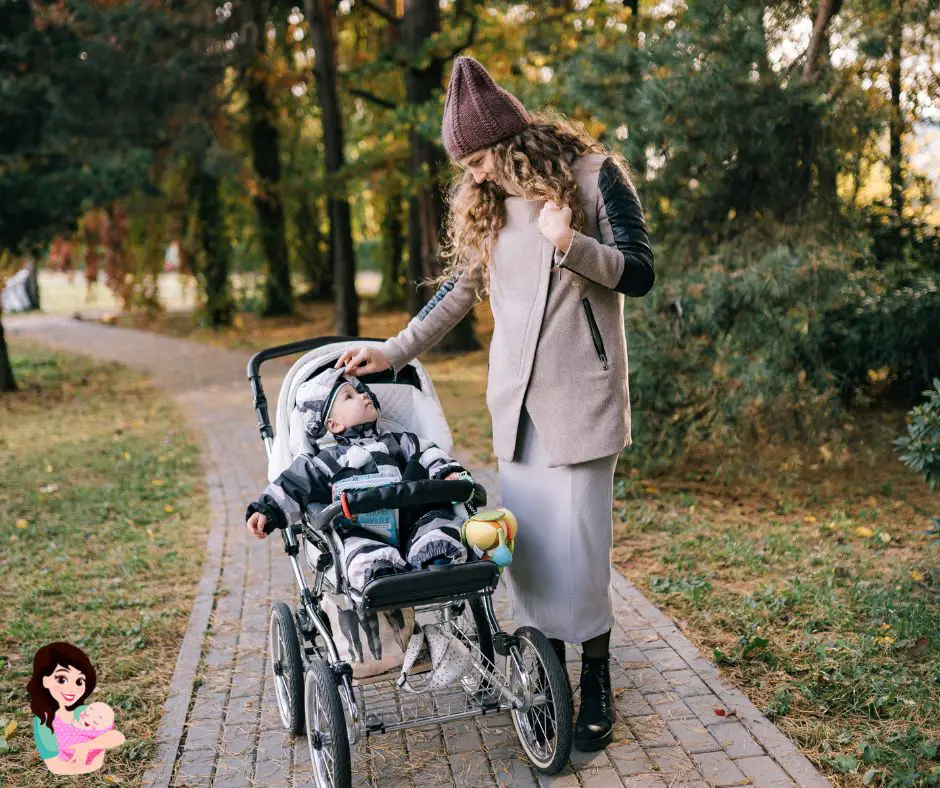
Facing forward in a stroller can be one of the most important things for your baby. It’s safer for them and gives you more control over their movements and positioning. However, there are some safety factors that you should take into consideration as well.
At What Age, Can Baby Face Forward In Stroller?
According to the American Academy of Pediatrics, a baby can safely face forward when they are six months old. The reason for this is that the AAP recommends infants be able to hold their heads up without assistance by this time.
If your baby hasn’t developed strong neck muscles and can’t hold his head without support even after six months, then it would be best if you did not choose a forward-facing stroller to avert any unforeseeable accident.
However, the age at which your baby can face forward in the stroller depends on how well they can support their head and neck. If they can do this, they can sit in a forward-facing position without any problem.
The Benefits of Using a Front-Facing Stroller
If you are concerned about your child’s safety, then it’s best to stick with a rear-facing stroller. However, using a front-facing stroller also holds potential benefits for your child:
Increases baby’s observation range and exposure
The baby can see everything around them. They can see the sun, sky, clouds, and birds as they are now facing forward. This helps develop their observational skills, which they have just started to create. The forward-facing strollers help expose your baby to their surroundings in a safe environment where they can enjoy themselves while being pushed by you or someone else around you.
Quickly boosts your baby’s confidence
The baby can see what is going on around them, creating a strong sense of self-confidence. This is a strongly desired trait of a socially acceptable and successful personality. This makes it easier for the child to interact with others, making life easier for both parents and children.
Improved social interaction and language skills
When your baby faces forward in a stroller, he sees and observes people around him and notices their expressions. This will help him improve his social interaction and language skills. Your baby will also have improved eye contact with other people, allowing him to listen better.
It is also essential for your baby to develop a sense of attention span so he can focus. Using a forward-facing stroller also means your baby improves his concentration skills, albeit at a minimal rate.
Considerations When Buying a Forward-Facing Stroller
When considering which stroller to buy, there are several factors to consider. The most important thing is safety. How does the frame of the stroller hold up? Does it tip over easily? Can you tell by looking at it that the manufacturer cared about producing a safe product? Ensure you get an answer if you ask these questions before purchasing.
Here are other factors you should also consider:
Age of your child
As mentioned above, it is crucial to consider your child’s age when considering whether or not they should face forward in a stroller. If your baby is younger than 6 months, it should always ride rear-facing.
As long as you have a rear-facing seat for them, it’s best practice to keep them facing backward until they are at least able to control neck and head mobility sufficiently. Conversely, a convertible stroller will see your baby from birth to toddler years. These generally enable you to use a car seat on the frame.
Your lifestyle
Your lifestyle will also dictate which type of stroller is best for you. If you are a busy parent, consider a stroller that folds up quickly and easily, especially if it needs to fit in your car trunk. If there is more than one child in the house, look at how much room there is inside each stroller and make sure they can fit comfortably into it.
However, if you are an athletic type who spends time on the trails or jogging in the park, these factors can influence the type of stroller you choose. In this instance, jogger-style strollers are ideal for outdoor activities with your baby. However, these should not be used with little ones below 8 months old, depending on their size. Also, it’s vital that all parts of this kind of product, from wheels to brakes, work well together so parents aren’t struggling with them during use.
Stroller spec: weight and size
When choosing a stroller, be sure to check the weight limit. If you have a heavier baby or plan on using the stroller for more than one child, it is best to select a model with a higher static load and weight capacity.
To ensure that your child is safe and comfortable in their seat, look at the size of their head and shoulders when checking out each stroller’s specifications. It also helps to consider how many kids can sit in one stroller at once and how much space they need while riding and folding or unfolding it when not in use.
Height of stroller handles
Stroller handles should be at a height that suits the average adult. If you are tall and have to stoop over a stroller, or if you have to reach up high, then this is not right for you as it will cause back and shoulder problems.
Wheel design
When choosing a stroller, keep in mind the wheel design. Larger strollers or jogging strollers might have bigger wheels in a fixed position. They will also be more durable, especially on all-terrain models.
Independent wheels that can be locked in position or released to swivel are a better choice for navigating shops at malls and other crowded areas. This is because they allow you to easily turn the stroller while keeping it moving forward. All-terrain models typically have higher ground clearance, which helps with muddy conditions and steep terrain but may make them harder to push on flat surfaces if you don’t lock the front wheel into place first.
Accessories
If you’re looking to buy a stroller, check its features and see if they are helpful to you before making your decision. Features such as all-terrain wheels, safety harnesses, one-handle operation, one-handed folding, food trays, cup holders, and sunshades can be helpful for parents who need something easy to push around.
Conclusion
The answer to this question is simple: it depends on the child. Each baby is different, so as long as they are comfortable with the position and can hold their head up for long periods, then it’s OK to sit or lie in different positions.

Hi, This is Emma Baster; As a mom, I spend my free time caring for my kids. I’ve read a lot on the Internet to improve my childcare skill and bring the best to my kids. Eruditemommy shares my knowledge and experience through helpful posts. I hope you enjoy them!

